Let the games begin!
The 2018 Winter games have begun! So far, we have seen some terrific skating, spectacular snowboarding, and intense bobsledding. The games have showcased a great deal of technology, and much of it is driven by cloud resources. To ensure everything is executed on time and lights stay on, a tremendous amount of power resources are required.

According to ComputerWeekly.com, Atos, the lead system integrator for the games, promised in 2014 that systems crucial to the functioning of the games would be in the Cloud by 2018. And they delivered! In the past, Atos would typically design a new system for each Olympic event, such as skiing. This time, they were able to build systems for all events at once and deliver information and data through the Cloud. This means the Atos system can now deliver results to the media in just 0.3 seconds from the 12 venues that will make up the PyeongChang games.
One question we’d like to ask is “How are they ensuring the lights and power stay on after the show has started?” We bet they used a variety of power monitoring and temperature control devices. Automation contractors know that real-time monitoring and temperature control are imperative to make sure the equipment within a data center is safe and operating at the optimal conditions. Humidity and air quality control issues are two culprits that could take down a data center.
Kele offers several categories of products which are used to ensure data centers do not fail. If you are starting your own data center project, we recommend you first begin your venture by selecting the appropriate temperature and duct sensors to make certain your center is protected.
Excerpts of blog provided by Schneider Electric
Continue reading “The Winter Olympics and Data Center Power”



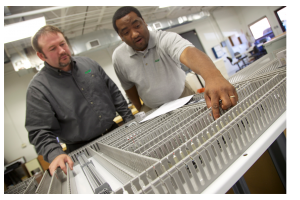 Our technical panel team has over 100 combined years of experience in designing and assembling custom panels. As a value-added service to our customers, our team completes an accuracy review of each schematic panel diagram checking for potential errors and omissions. Ninety-five percent (95%) of the time, if an issue is discovered, the mishap occurs in one of two areas.
Our technical panel team has over 100 combined years of experience in designing and assembling custom panels. As a value-added service to our customers, our team completes an accuracy review of each schematic panel diagram checking for potential errors and omissions. Ninety-five percent (95%) of the time, if an issue is discovered, the mishap occurs in one of two areas.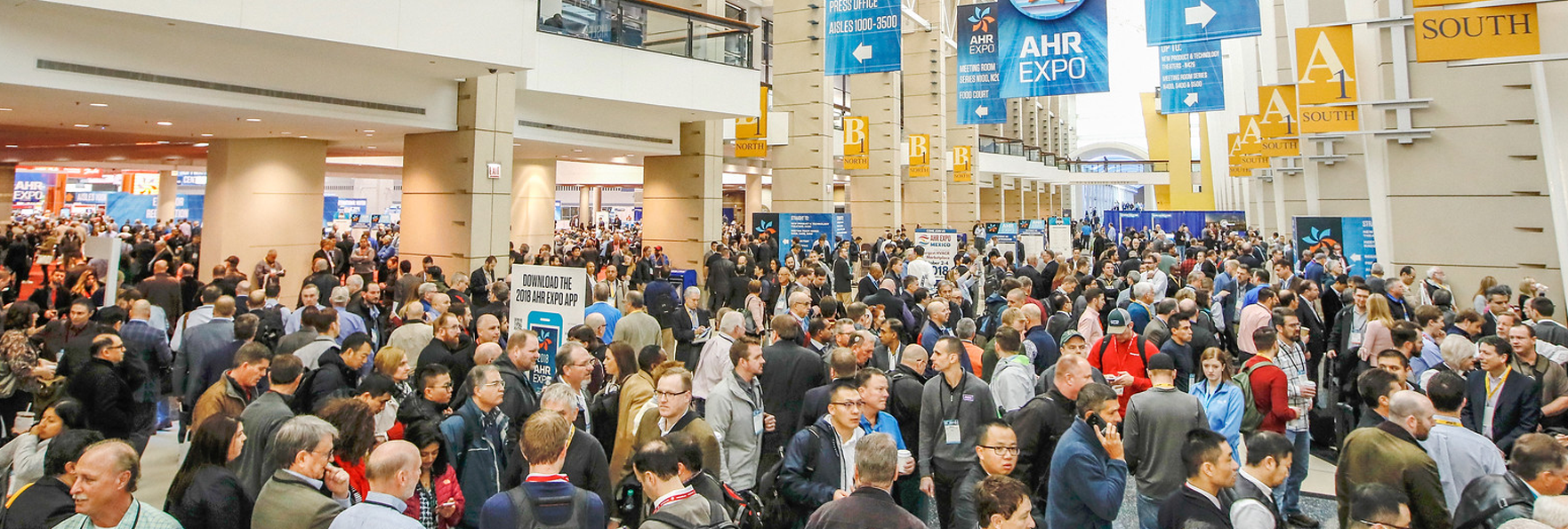
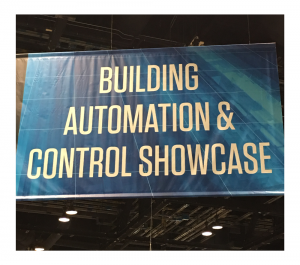 It is no surprise that the conference boasts a whopping 65K in attendance, including 2K vendors! Day 1 was fantastic, and the crowd was excited! The
It is no surprise that the conference boasts a whopping 65K in attendance, including 2K vendors! Day 1 was fantastic, and the crowd was excited! The 
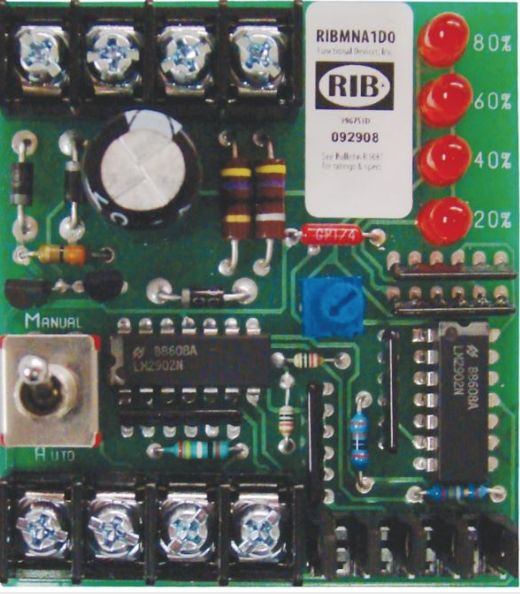
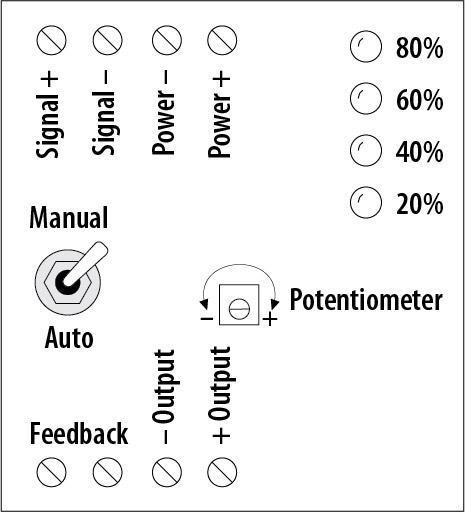

 Rob Benson joins Kele, Inc. as Chief Sales Officer, coming from the Johnson Controls field, branch, and regional network. Rob started his career as a sales engineer in Miami, Florida and continued gaining responsibility in leadership roles over 29 years with Johnson Controls. As a former customer, Rob appreciates Kele’s ability to positively impact the BAS contractor by simplifying their supply chain and delivering an unrivaled customer experience through personalized solutions, innovative technology, an unparalleled product offering, and world-class logistics.
Rob Benson joins Kele, Inc. as Chief Sales Officer, coming from the Johnson Controls field, branch, and regional network. Rob started his career as a sales engineer in Miami, Florida and continued gaining responsibility in leadership roles over 29 years with Johnson Controls. As a former customer, Rob appreciates Kele’s ability to positively impact the BAS contractor by simplifying their supply chain and delivering an unrivaled customer experience through personalized solutions, innovative technology, an unparalleled product offering, and world-class logistics.